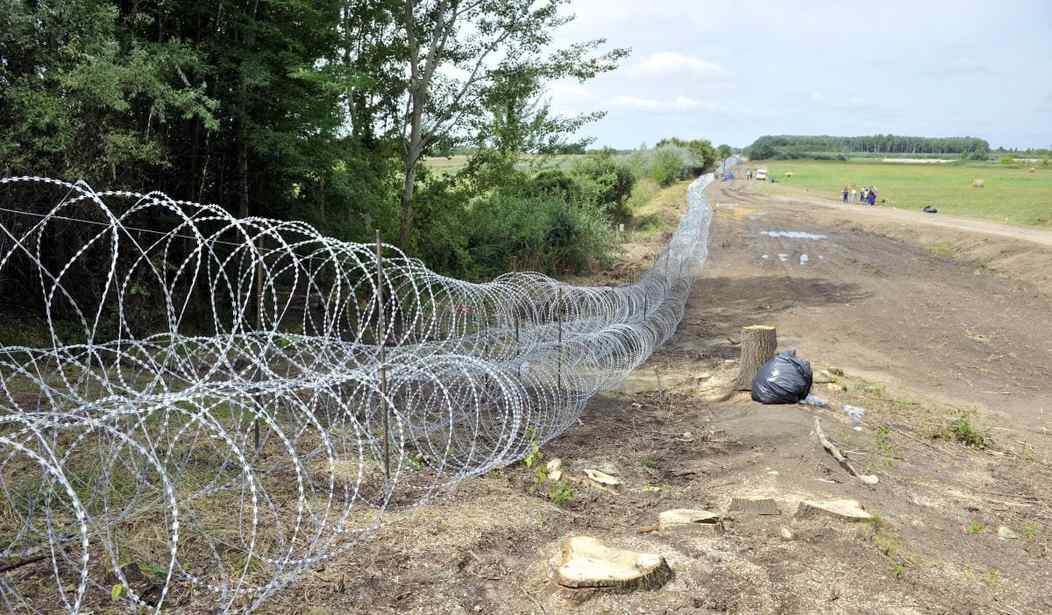Frontex, the European Border and Coast Guard Agency, has published their annual Risk Analysis for 2017 and they report drastic declines in illegal immigration in countries that constructed a wall to keep migrants out.
Hungary, which led the charge on strong borders, was able to cut illegal crossings from Serbia to 25,000 – a massive drop from the 2015 high of 200,000.
Neighbouring Croatia condemned Hungary’s robust stance at the time, with then Prime Minister Zoran Milanović promising his country would not follow suit.
“We are ready to accept and direct those people,” he said, adding that “barbed wire in Europe in the 21st century is not an answer, it’s a threat”.
Just days later, however, Milanović completely reversed his stance, the country having been inundated with thousands of migrants.
“We cannot register and accommodate these people any longer,” he said. “They will get food, water and medical help, and then they can move on. The European Union must know that Croatia will not become a migrant ‘hotspot’. We have hearts, but we also have heads.”
Croatia quietly joined Hungary in constructing what Frontex describes as “a technical obstacle” along its Serbian border. As a consequence, illegal migration via this route plummetted from 500,000 in 2015 to just 100,000 in 2016.
The clear pattern which emerges from the risk analysis is that, as one country institutes strong border controls, neighbouring countries which remain lax see a corresponding increase in illegal migration.
For example, the report describes how “African illegal stayers who primarily entered the EU through the Central Mediterranean route significantly decreased in Austria” after the German-speaking country “upgraded the controls of its national border with Italy”. The statistics show illegal stayers growing in Switzerland, which is outside the EU but inside the bloc’s borderless Schengen zone, “at the same time”.
Despite clear statistical evidence of the effectiveness of walls in tackling illegal migration, Europe’s leading politicians remain wedded to open borders.
Those are certainly impressive numbers, and even opponents of Donald Trump’s wall in the U.S. concede that the number of illegal aliens entering the U.S. from the south will be cut if the wall is built.
But Trump’s proposed wall is 16 times longer than Hungary’s wall that separates it from Serbia. At nearly 2,000 miles long, the U.S. wall will cost anywhere from $12 billion to $21 billion depending on who is making the estimate. That’s a lot of territory to cover. While Trump is proposing a healthy 5,000 increase in Border Patrol agents, it probably won’t take long for the traffickers to find the vulnerabilities in the structure and exploit them.
So, in the end, it’s not so much a question of whether the number of illegal aliens entering the U.S. will drop. It’s a matter of deciding whether that drop is worth the astronomical price tag.
For that, we’ll just have to wait and see.









Join the conversation as a VIP Member